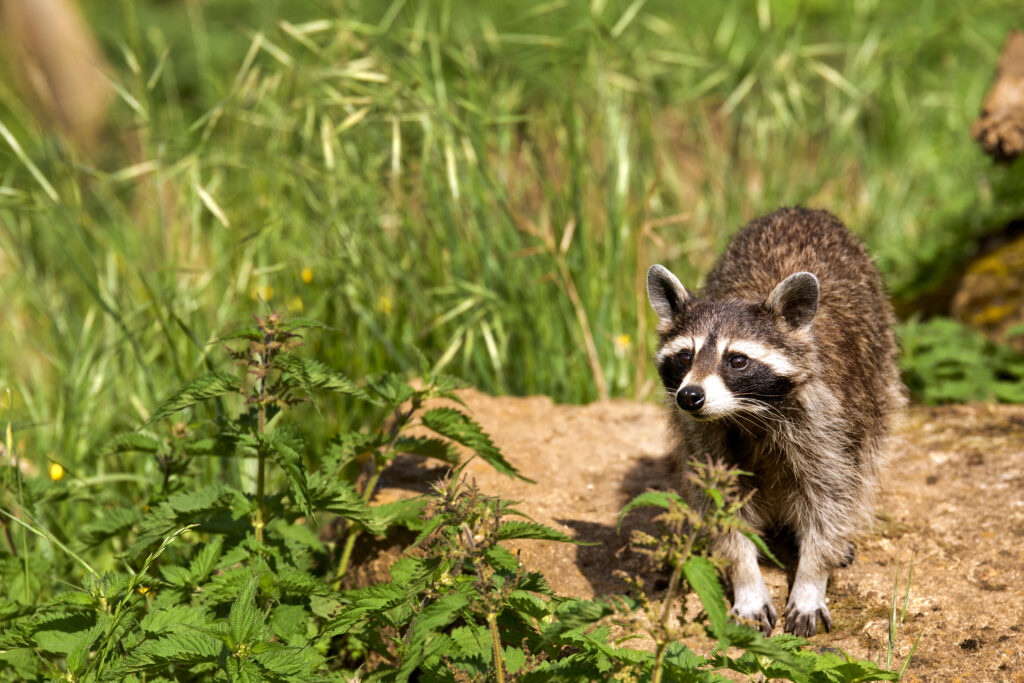What to Look for in a Live Trap

When dealing with wildlife, a humane approach is always the best option. Live animal traps provide a safe and effective way to capture and relocate animals without causing them harm. Choosing the right live animal trap is essential for both the safety of the animal and the success of your trapping efforts. Size & Compatibility The first thing to consider when selecting a trap, is the size of the trap relative to the animal you are trying to capture. Traps come in assorted sizes, designed for diverse types of animals. Make sure to choose a trap that is appropriately sized for the specific wildlife, feral, or domestic animal you are targeting. Most live traps can range from as little as 18” all the way up to 72” in size. A trap that is too small will not effectively capture the animal, while one that is too large may allow the animal to escape or cause injury to both the animal and the trapper. Depending on the needs of the trapper, there is also various traps that are great for first – time trappers. Durability & Construction A good starting point to find a high-quality live trap is by looking for sturdy materials such as galvanized or powder-coated steel. These traps are resistant to rust and corrosion, ensuring they last through multiple uses and withstand harsh weather conditions. A well-constructed trap will have strong welds and reinforced corners to prevent the animal from escaping or being injured while caught, without damaging the trap. The lifespan of a live trap depends on several factors, including the quality of the materials used, the frequency of use, and how well it is maintained. Most galvanized traps can last up to 10 years or longer with proper care. Coated steel can last even longer. Under average weather conditions, the lifespan of a powder coated steel trap can even reach between 15 and 20 years. Safety Features Handling the trap in a safe manner is essential to protect both the animal and the person working with the trap. Features such as smooth, rolled edges prevent the animal from injuring itself, while protective handles and solid door latches keep you safe during transport and release. Some traps also include shields or covers to calm the captured animal by reducing visual stimuli. Traps that are equipped with an adjustable trigger mechanism prevents early accidental door closures and can be customized to the trappers needs. Larger traps can be used in some cases to trap smaller animals or multiple animals by using a Trap Isolator which separates larger traps into smaller components that are appropriate for the size of animal you are trapping. Ease of Use A good live animal trap should be easy to set up, bait, and release. Look for traps with clear instructions and simple mechanisms. The trigger system should be sensitive enough to capture the animal but not so sensitive that it goes off prematurely. Additionally, consider traps with rear doors, sliding doors, or self-locking doors to prevent the accidental release of animals once caught. Traps without hinges and springs are maintenance-free, and some carriers allow handlers to restrict the animal to one side of the cage for injections and facilitate easy transfer. https://www.youtube.com/watch?v=yJ1QyFYZ85I Humane Design Traps designed with animal welfare in mind are crucial. The goal is to detain and relocate the animal without causing stress or harm. Features such as spacious interiors, minimal gaps between the mesh, and smooth surfaces help ensure the animal remains calm and unharmed while in the trap. Most cages come in camouflage colors, so they easily blend into the environment. While wildlife deterrents are keeping the animals out, the sole purpose of a live trap is to lure them into the cage without scaring the animal. A well-designed cage will ensure a smooth and safe process keeping it as calm as possible. 2 Door traps allow for added versatility when trapping. Baiting & Placement The effectiveness of your trap also depends on how you bait and place it. Research the dietary preferences of the animal you are targeting and use an appropriate bait. Raccoons, for example, eat a variety of foods and are not particularly selective. Placing the bait inside the cage and creating a scented pathway towards the trap will attract them quickly. For best results, place traps where the animal is known to frequent, ensuring they are stable and secure to prevent tipping or movement. A good rule of thumb is to set the trap against a natural background, like a barrier, and ensure the entrance is easily accessible for the animal to walk into. Legal Considerations: Before purchasing and using a live animal trap, it is important to check local wildlife regulations. Some areas have specific laws regarding the trapping and relocation of wildlife. Ensure you are compliant with these existing regulations to avoid legal issues and ensure the humane treatment of animals. Always prioritize humane methods and follow the code for responsible trapping to promote the ethical treatment of wildlife.

